Shortleaf Rosemary Pine (Pinus Echinata) – 3 Gallon Pot
$79.97 Original price was: $79.97.$55.98Current price is: $55.98.
SKU: D2LSC 6770150747 Category: NATIVE PLANTS
- Elevate Your Shopping Experience
- Get Quality, Get More
- 7-Day Returns, 100% Quality
- Protect Your Wallet with Safe Payments

Shortleaf Rosemary Pine
Pinus echinata
Other Names: Old-Field Pine, Rosemary Pine, Short Leaf Loblolly Pine, Shortleaf Pine, Yellow Pine
Plant Details
USDA Plant Hardiness Zones: 6a-9b Find Your Zone
Plant Type: Coniferous Evergreen Tree
Height at Maturity: 50-60′ in the landscape; up to 100′ in the wild
Width at Maturity: 20-35′
Spacing: 15′ apart for privacy screens; 40’+ for space between trees
Growth Habit / Form: Upright Broad Pyramid
Growth Rate: Moderate, 1-2′ per year
Flower Color: na
Flower Size: na
Flowering Period: na
Flower Type: na
Fragrant Flowers: No
Foliage Color: Dark Blue-Green
Fragrant Foliage: Yes
Berries/Cones: Yes, 3″
Berry/Cone Color: Purple Male and Pale Pink female cones aging to Copper-Brown
Sun Needs: Full Sun or Mostly Sun
Water Needs: Average, Low when established
Soil Type: Clay, Loam, Sandy, Silty
Soil Moisture / Drainage: Moist But Well-Drained to Dry when established
Soil pH: 4.5 – 6.5 (Acid to Moderately Acid)
Maintenance / Care: Very Low
Attracts: Birds, Butterflies, Moths, Small Mammals
Resistances: Deer – more info, Disease, Drought, Dry Soil, Erosion, Heat, Humidity
Description
A fast-growing North American native, the Shortleaf Rosemary Pine can add up to 2 feet in height per year. Though it can reach heights over 70 feet in the wild, it might reach 50 to 60 feet tall and 20 to 35 feet wide in the landscape where in full sun it develops a dense, short pyramidal crown when young that broadens with age. It sports short, dark blue-green needles only 3 to 5 inches long in bundles of two, somewhat resembling the foliage of the rosemary plant but on a larger scale. The five year old needles drop once a year so there’s never a need to apply mulch beneath this tree or around the plants growing under it. It produces purple and pink cones to 2.5 inches long that open to a copper-brown persisting on the tree for many years. The rugged bark is dark grey to black when young and reddish-brown to dark brown when mature, furrowed into large, irregular, flat plates. Though the Shortleaf Rosemary Pine is an important timber tree whose wood is used for pulp, plywood and general construction as well as in the paper industry, it is a very hardy, long-lived and easy-to-grow attractive specimen or grouping in the residential landscape and is perfect for quick, evergreen reforestation of bare land. The Shortleaf Rosemary Pine is sure to be visual presence in your landscape and acid-loving plants such as Azaleas and Camellias thrive under it.
Wildlife Benefits
The Shortleaf Rosemary Pine supports Imperial Moths and the Eastern Pine Elfin butterfly and the seeds from the cones feed pheasant, turkey, quail and squirrels, who also use the tree branches for nesting.
Landscape & Garden Uses
Growing 50 to 60 feet tall and 20 to 35 feet wide in the landscape, the Shortleaf Rosemary Pine is ideal for use as a specimen, in groupings, or to forest or reforest bare land where it will generate its own mulch by way of an annual needle drop of its three year old needles. Azaleas, camellias and other acid-loving plants grow great under this tree. A fine addition to conifer gardens, native gardens, wildlife gardens and azalea, rhododendron and camellia gardens.
Suggested Spacing: 15 to 20 feet apart for groves; 40 or more feet apart for space between trees
Growing Preferences
The Shortleaf Rosemary Pine is easy to grow in most any moist but well-drained to dry soil of average to low fertility and full sun to light shade. It appreciates an acidic sandy loam. Very drought tolerant when established. No pruning is necessary though responds well to it for size control or shaping purposes.
Helpful Articles
Click on the link below to find helpful planting and care advice from our experts.
How To Prune Junipers & Other Conifers
Plant Long & Prosper!
Meet The Wilson Brothers & Staff
Questions? Contact Us
Be the first to review “Shortleaf Rosemary Pine (Pinus Echinata) – 3 Gallon Pot” Cancel reply
Related products
Sale!
NATIVE PLANTS
Sale!
Sale!
NATIVE PLANTS
Sale!
Sale!
NATIVE PLANTS
Sale!
Sale!
Sale!
NATIVE PLANTS

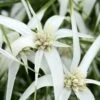

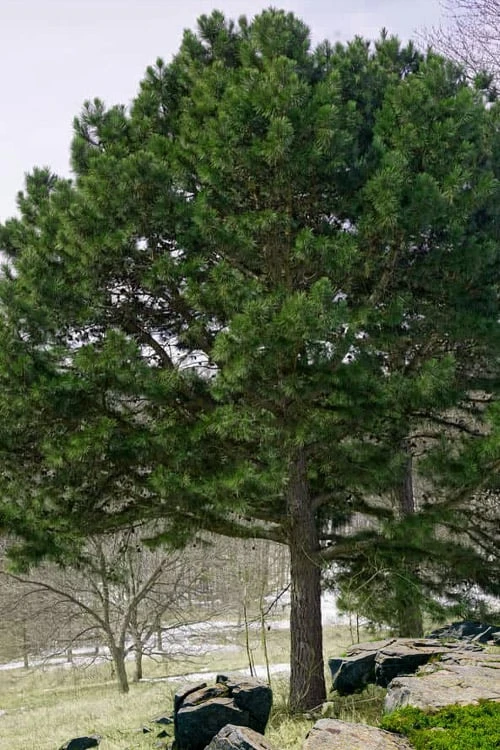
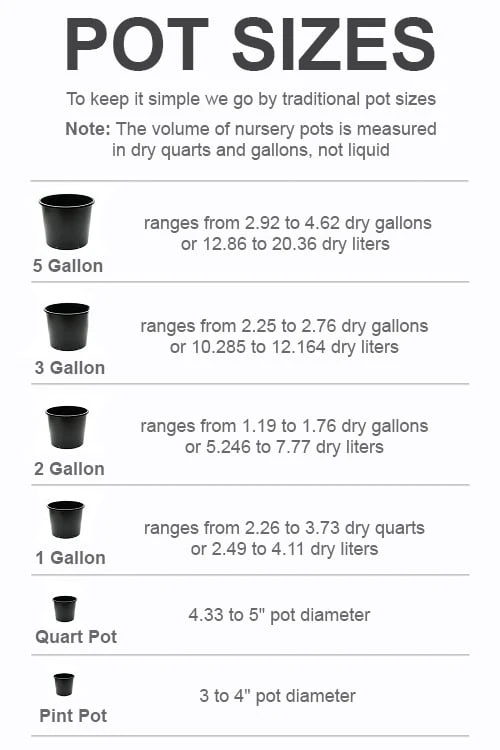



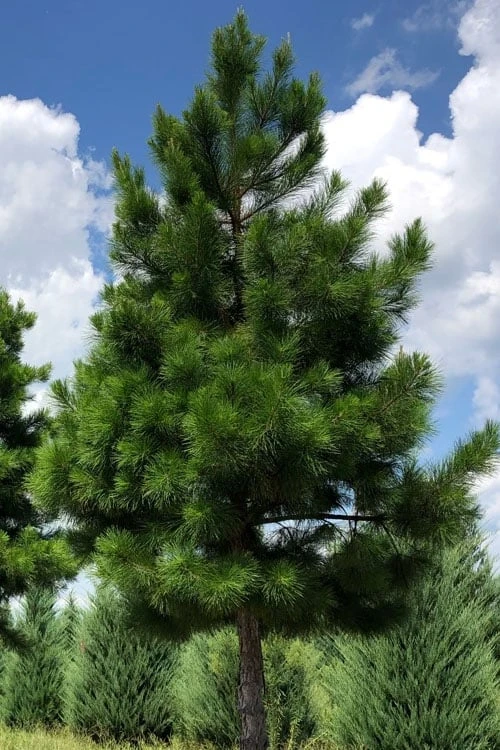

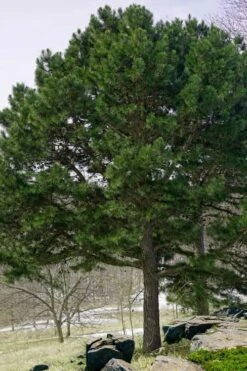
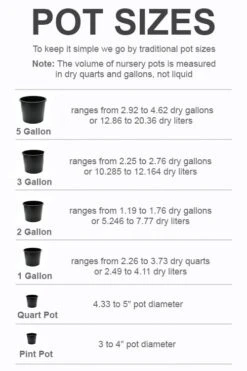





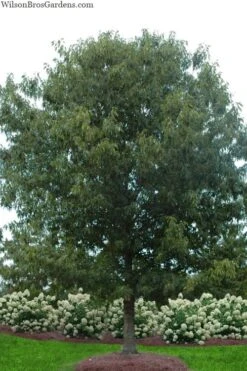

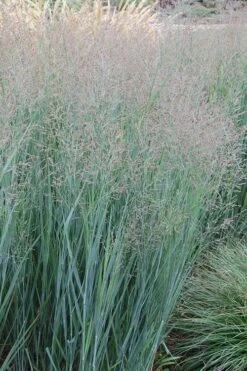
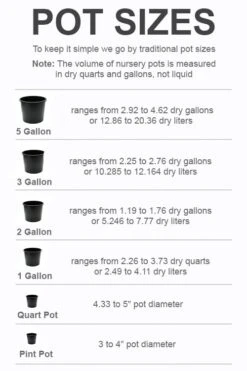
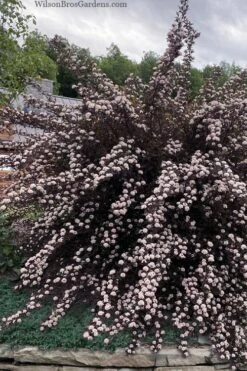
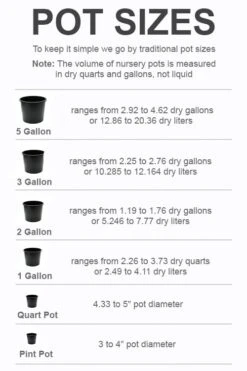

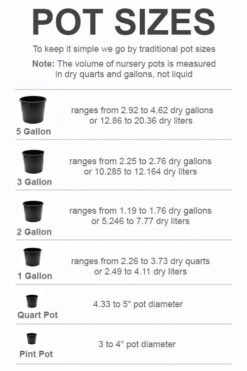
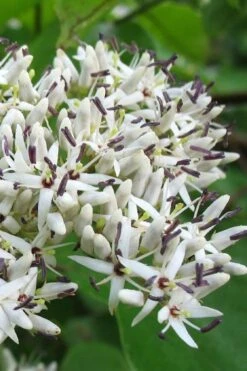
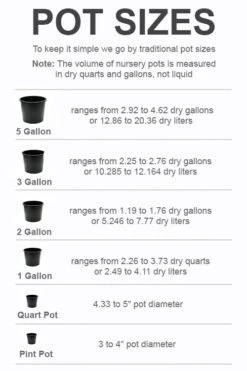
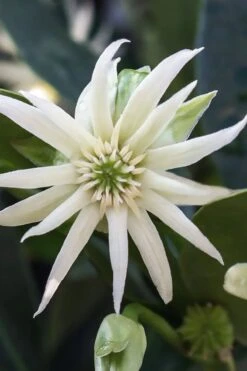
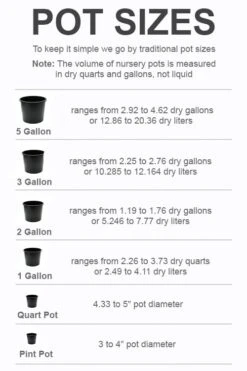
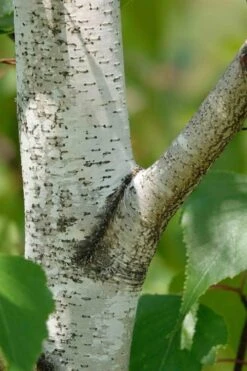


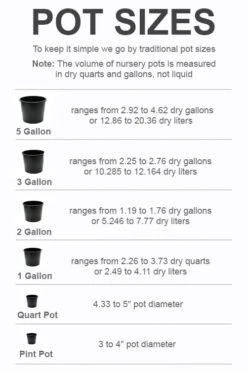
Reviews
There are no reviews yet.